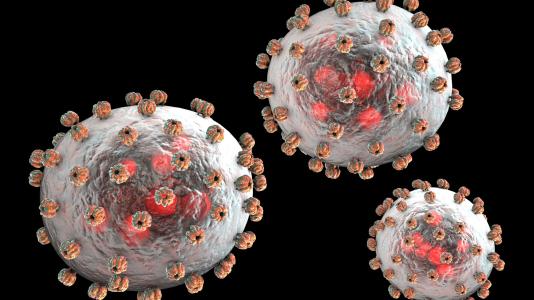感染性害虫の防除に役立つ新たな研究成果 New research could help control infectious pests
2023-03-16 カリフォルニア大学リバーサイド校(UCR)
研究チームは、蚊の精子のタンパク質を全体的にプロファイリングし、そのうち活性化を促進するタンパク質を特定することができた。この技術により、不妊のメスを増やすことができるため、環境にやさしい蚊の制御方法として期待されている。
<関連情報>
- https://news.ucr.edu/articles/2023/03/16/humans-bite-back-deactivating-mosquito-sperm
- https://journals.plos.org/plosone/article?id=10.1371/journal.pone.0280013
Culex pipiensの精子プロテオームを用いた蚊の生殖に不可欠な要素の同定 Using the Culex pipiens sperm proteome to identify elements essential for mosquito reproduction
Catherine D. Thaler,Kaira Carstens,Gabrielle Martinez,Kimberly Stephens,Richard A. Cardullo
PLOS ONE Published: February 16, 2023
DOI:https://doi.org/10.1371/journal.pone.0280013
Abstract
Mature sperm from Culex pipiens were isolated and analyzed by mass spectrometry to generate a mature sperm proteome dataset. In this study, we highlight subsets of proteins related to flagellar structure and sperm motility and compare the identified protein components to previous studies examining essential functions of sperm. The proteome includes 1700 unique protein IDs, including a number of uncharacterized proteins. Here we discuss those proteins that may contribute to the unusual structure of the Culex sperm flagellum, as well as potential regulators of calcium mobilization and phosphorylation pathways that regulate motility. This database will prove useful for understanding the mechanisms that activate and maintain sperm motility as well as identify potential molecular targets for mosquito population control.


